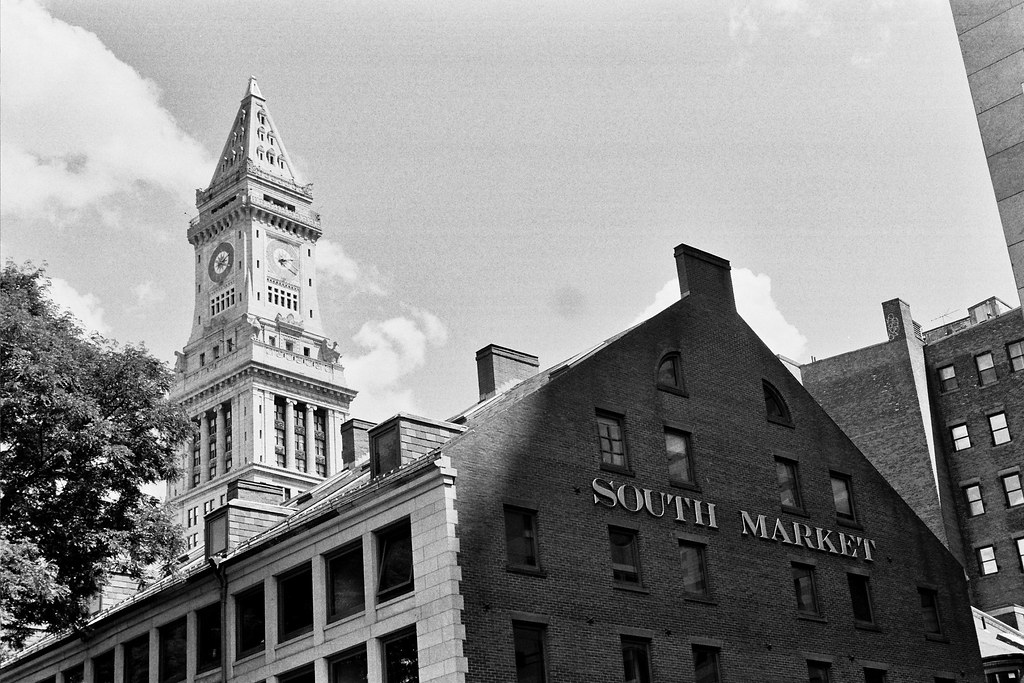Esther, do you see it ? You just started film photography and right away you encountered a problem for which you need some creative solution. Film photography is full of such a situations, every day there will be decisions to be made, many of them final, not much is given as a preprogrammed solution. This is a curse or a blessing, people hate it because of that or draw a lot of satisfaction from understanding and controlling the process. And the process is a magical one, no kidding, we go to the Mars but still don't know, why silver halides form the image in process of development. (Former discussion:
http://www.thephotoforum.com/forum/film-discussion-q/327149-chemistry-film-photography.html ). At the end every one film photographer is an unique individual with own methods in work. Common labs, even in the best times of film photography, could never really satisfy a discriminating photographer and I can't imagine you are not such.
For the moment of putting film into the dev tank you need a darkened space like lightproof closet, washroom of storage room for 5 min. or less, rest of the process you do with light, doesn't matter where, preferably close to some sink.
Chemicals are not toxic, when swallowed may cause discomfort but won't kill you. Metol, one of the ingredients of developer is known to cause sometimes allergy.

 ).
). 

![[No title]](/data/xfmg/thumbnail/30/30882-ce388519574371448d7493784524607a.jpg?1734158883)








![[No title]](/data/xfmg/thumbnail/42/42451-9e2e4f1caad4c45d0c61e2a856140c36.jpg?1734176992)

